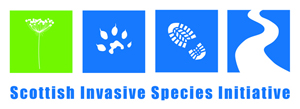Biosecurity management plans cover the prevention, detection and control of non-native species in an area. Such plans can usefully set out the actions by and responsibilities of different partners on invasive species issues and also identify and highlight the species of highest prevention or control priority, risk of introduction and impact if established in the plan area.
In 2008 biosecurity planning for Scotland's rivers was initiated through a Rivers and Fisheries Trusts of Scotland (RAFTS) project which addressed freshwater biosecurity and non-native invasive species. The project produced 20 biosecurity plans which identified and planned actions to address invasive non-native species and diseases for 25 fishery trusts/boards covering over 95% of Scotland.
As part of the Scottish Invasive Species Initiative the ten fishery trusts/board partners within the project will review and update their biosecurity plans. These partners have particular interests in aquatic, riparian and marine invasive non-native species and fish diseases across river catchment and coastal areas and will particularly consider invasive non-native species relevant to these habitats and subjects.
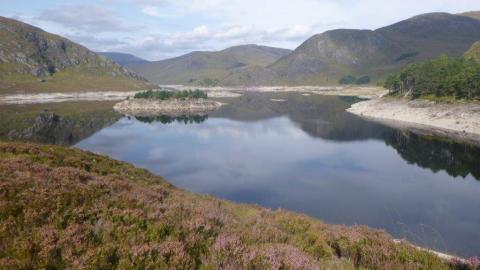
Beauly Catchment
The River Beauly catchment includes the main rivers of the Beauly, Farrar, Affric, Cannich and Abhainn Deabhag and numerous lochs and small coastal catchments. The biosecurity plan identifies 36 invasive species and fish diseases of which 15 are high priority.
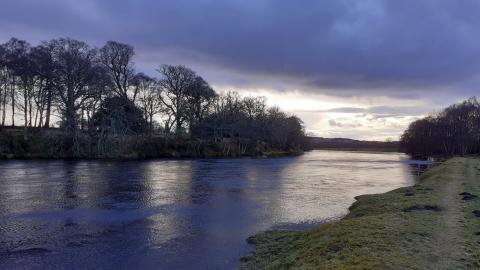
Cromarty Firth District
The Cromarty Firth Fisheries District contains several main catchments that drain into the Cromarty Firth, including the Rivers Conon and Alness. The current biosecurity issues in the Cromarty Firth area are associated with 15 high-priority invasive non-native species that are the main focus for action; 11 of these are non-native species, three are translocated native species and one is a fish parasite.
Read the Cromarty First District Biosecurity Plan 2021 - 2025
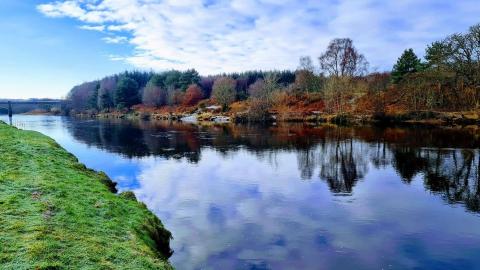
Dee and Don
The Biosecurity plan covers the river catchments of the Dee, Don, Cowie and Carron along with a number of coastal burns north and south of the city of Aberdeen. Thirty nine invasive non-native species and fish diseases have been included within the plan, of which 24 high priority species are the main focus for action.
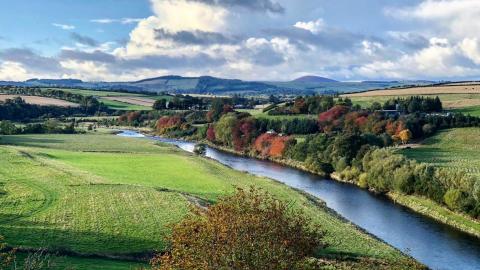
Deveron District
The Deveron District Biosecurity Plan covers the management area of the River Deveron and its tributaries within the counties of Aberdeenshire and Moray, including several small watercourses that discharge into the Moray Firth, one commercial trout farm and numerous small lochs and ponds. Thirty two invasive non-native species have been identified in the plan of which 19 are priority species for action.
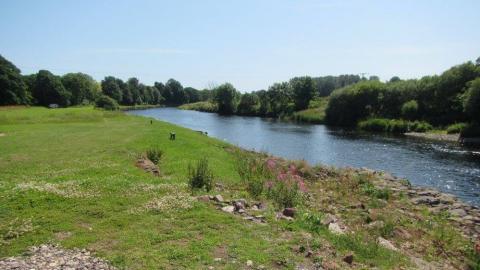
Esk District
There are four catchments within the Esk Salmon Fishery District: River Lunan, River South Esk, River North
Esk and River Bervie. Current biosecurity issues are associated with nine invasive non-native species, one translocated fish species and one potential invasive fish species.
Read the Esk Fisheries District Biosecurity Management Plan 2021-2025
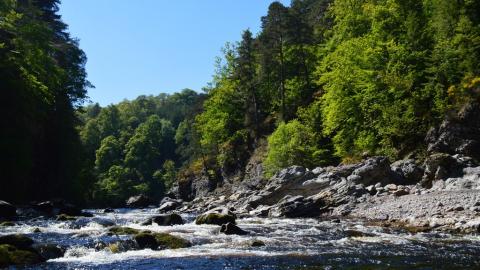
Findhorn, Nairn and Lossie
The plan covers the river catchments of the rivers Findhorn, Nairn and Lossie along with a number of small coastal burns. The plan identifies eight priority species for action.
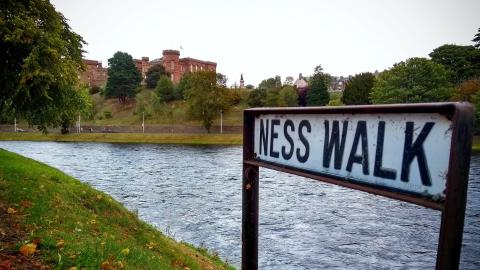
Ness Catchment
The Ness catchment includes the rivers Ness, Enrick & Coiltie, Moriston, Garry & Oich, Tarff and Foyers & Farigaig as well as coastal areas and Loch Ness. The biosecurity plan identifies 15 high priority species already present in the catchment, plus four species considered to have a high potential risk of introduction, as the main focus for action.
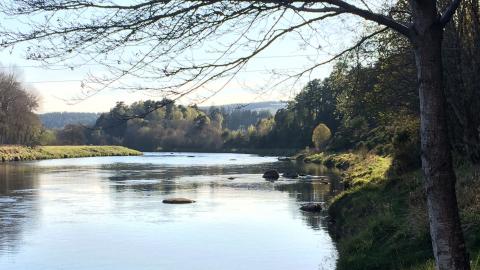
Spey District
The Spey district comprises the River Spey and its tributaries as well as the coastal areas of the Moray Firth, between Cowhythe Head to the east and Lossiemouth to the west. There are ten invasive non-native species plus several fish species that are currently present in the district.
Tay District
There are three catchments within the Tay District: River Tay, River Earn and River Eden. The district comprises of all the tributaries of these rivers and all other watercourses that discharge into the North Sea between the Red Head near Arbroath and Fifeness. Current biosecurity issues include 9 invasive non-native species, 1 translocated native fish species, 2 fish parasites and several non-native fish species. Potential biosecurity issues not currently present in the district include 6 high risk and 15 medium risk invasive species.
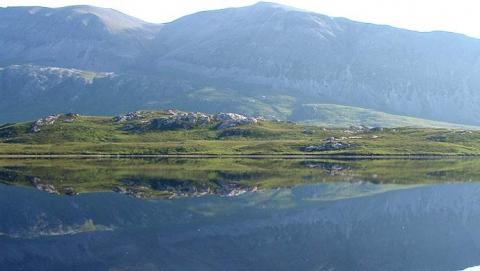
West Sutherland
The current biosecurity issues in the West Sutherland area are associated with nine invasive non-native species, one translocated species and one fish parasite.
Read the West Sutherland Biosecurity Management Plan 2020-2029

Wester Ross and Lochalsh
The current biosecurity issues in the Wester Ross and Lochalsh include five invasive non-native species, two translocated native species and one fish parasite.
You might also be interested in
Our invasive species page has the answers.
